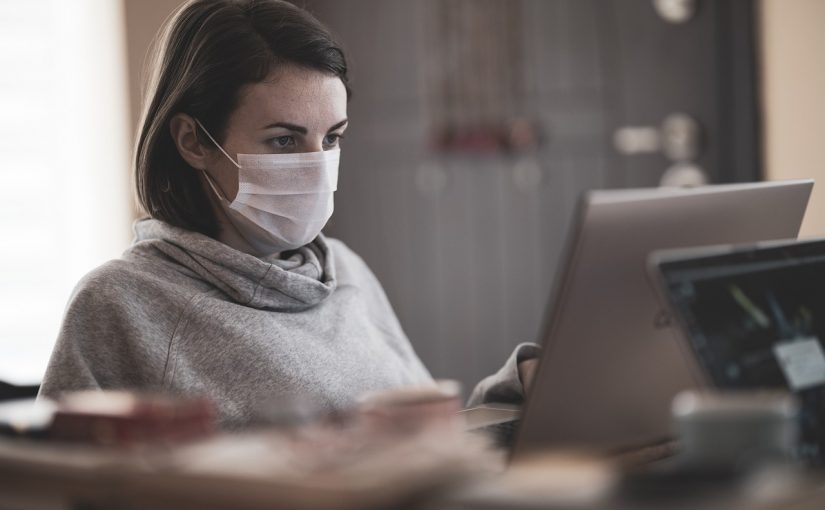Herpes is a common sexually transmitted infection that can cause painful sores or blisters on the mouth or genitals. While many effective treatments are available for herpes, many individuals may be hesitant to seek medical care due to embarrassment or fear of stigma.
As a result, some people may turn to DIY herpes test kits to diagnose the infection independently. However, the truth about DIY herpes test kits may be more shocking than some people realize.
No FDA-approved Home Test Kit
Firstly, it is essential to note that there is no FDA-approved home test kit for herpes. While many companies claim to offer home test kits for herpes, these kits are not regulated by the FDA and may not be accurate or reliable.
Many of these kits may provide false positive or negative results, leading to unnecessary anxiety or delayed treatment.
Does not Information on How to Manage the Infection
Even if a DIY herpes test kit were accurate, it may not provide individuals with the necessary information to manage their infection. For example, herpes is a chronic condition that requires ongoing management, including antiviral medications and lifestyle changes.
A DIY test kit may provide a diagnosis but not provide individuals with the necessary resources or support to manage their infection effectively.
Asymptomatic Shedding
DIY herpes test kits may perpetuate harmful myths and misconceptions about herpes. For example, some kits may claim to be able to detect “asymptomatic shedding,” which refers to the ability of the herpes virus to be shed from the body even when no visible symptoms are present. However, this concept is often misunderstood, leading to unnecessary anxiety and stigma surrounding herpes.
Accuracy Depends on a Number of Factors
It is also important to note that the accuracy of any herpes test depends on several factors, including the type of test used, the timing of the test, and the quality of the sample collected.
A DIY test kit may not be able to provide individuals with the necessary guidance or support to ensure that these factors are optimized for accurate results.
Ultimately, the misconceptions about DIY herpes test kits is that they may do more harm than good. By relying on unregulated and potentially inaccurate test kits, individuals may risk their health.
Instead, individuals who are concerned about herpes should seek medical care from a healthcare provider who can provide accurate testing, diagnosis, and treatment options.
In conclusion, while a DIY herpes test kit may be tempting for some individuals, it is essential to approach these kits with caution and skepticism.









